View Finder: The Apex Interviews Rémi Dargegen
This week our guest is Rémi Dargegen, one of the best known photographers in the classic car world. With an enviable client book featuring the likes of Porsche, Lamborghini and Bugatti, as well as countless iconic photo shoots for some of the most prestigious motoring magazines on the market to his name, it's no exaggeration to say that Rémi's work is one of the touchstones for modern automotive photography.
Hector Kociak interviews Rémi Dargegen for The Apex by Custodian. Recorded and Produced by Jeremy Hindle and Guillaume Campos. Transcribed by David Marcus. Edited by Hector Kociak & Charles Clegg.
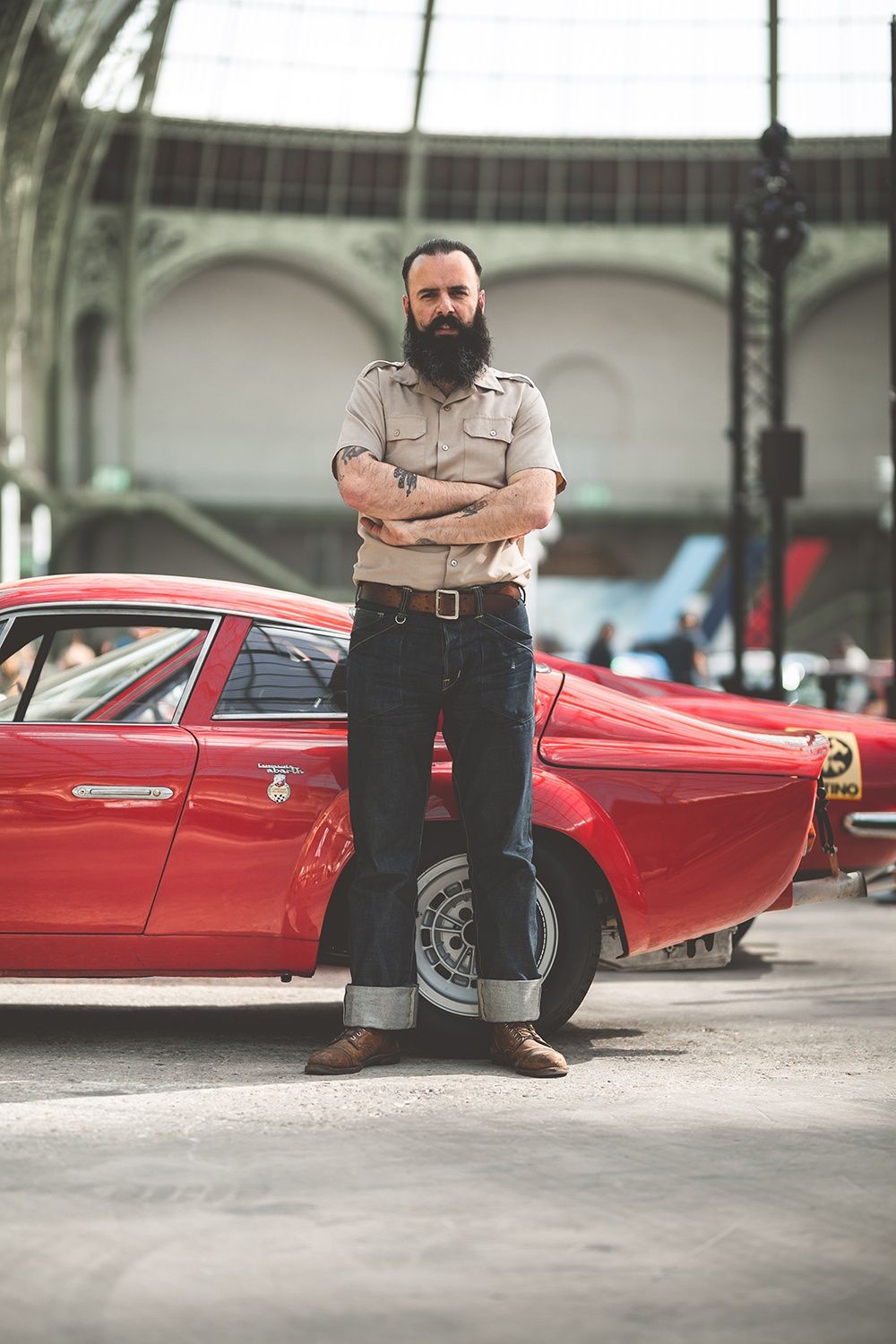
Could you tell us the story of how you found photography? Did it come at the same time as the passion for cars, or did it come before?
No, the passion for cars was the beginning of it all. I have two very early memories. The very first one was when I was maybe six years old, something like that. A friend of my parents was quite wealthy, and had a Ferrari Testarossa (this was back in the ‘80s). Very close to where my parents lived there was a classic and sports car weekend meeting every year. Once he invited us and told us that he was going in the Ferrari, and that we should join him. There was a Ferrari dealership in the city where the meet was; at that time the Ferrari network was quite small, and this man was responsible for pretty much the whole east of France. He had gathered maybe 40 Ferraris for that event every year, so it was really impressive, especially as back in the ‘80s Ferraris were quite rare cars to see. This friend told me about the Ferrari parade, and said that I should sit in the car and enjoy it. So imagine: you are six years old, you are sitting in a Ferrari Testarossa… actually I couldn't see anything because you sit so low in the car! I just remember the noise of the flat-12 in the back, just seeing the trees through the windshield going past very fast, and that's it.
So we finished the parade and I thought - my God, what was that? So that was the very first experience. A few years later we went to Venice with my parents for a holiday. I saw a model of a 250 Testa Rossa in a window. It was something very specific - when you are eight years old, normally you are interested in a Ferrari F40, or something more modern! I asked my parents if they could buy me the 250 Testa Rossa. I loved the model. It was a very basic one - a Bburago - and my parents were not at all the kind of people to buy something when their kids asked for it. But for once they said yes, and we came back from Venezia with the 250 TR, and I think that was the beginning and origin of my passion for Ferrari, for Ferraris from the 1950s, and more generally, classic cars.

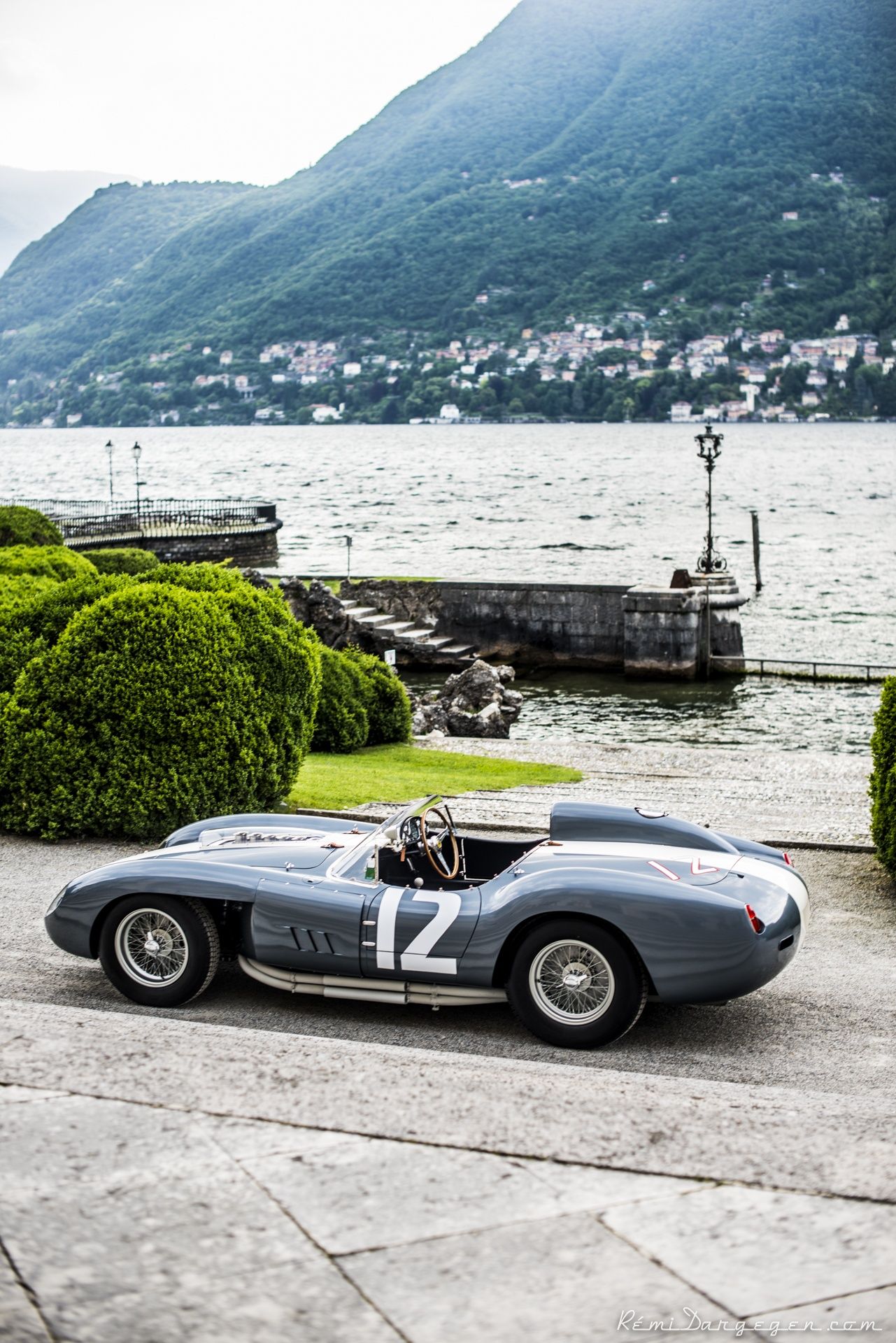
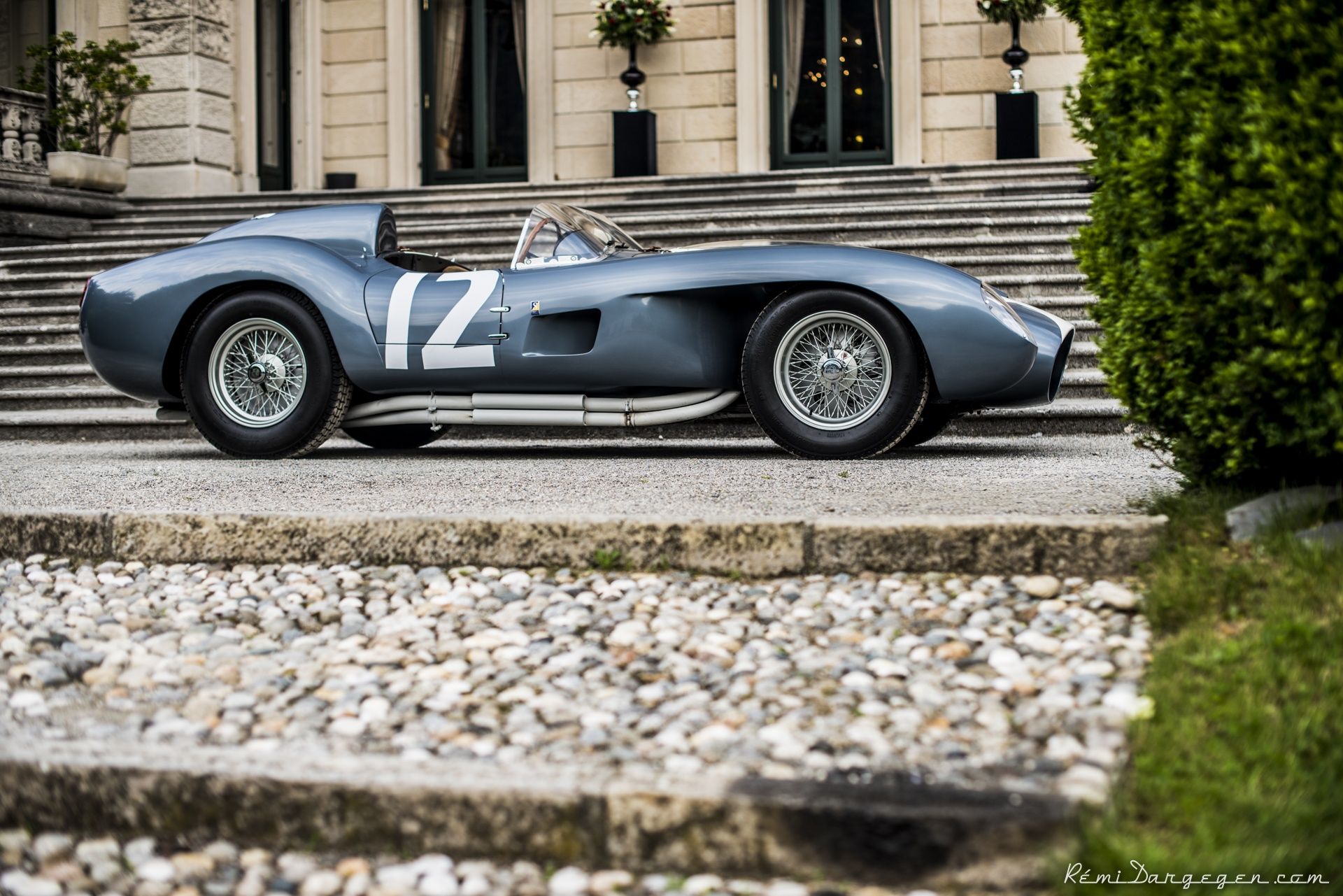
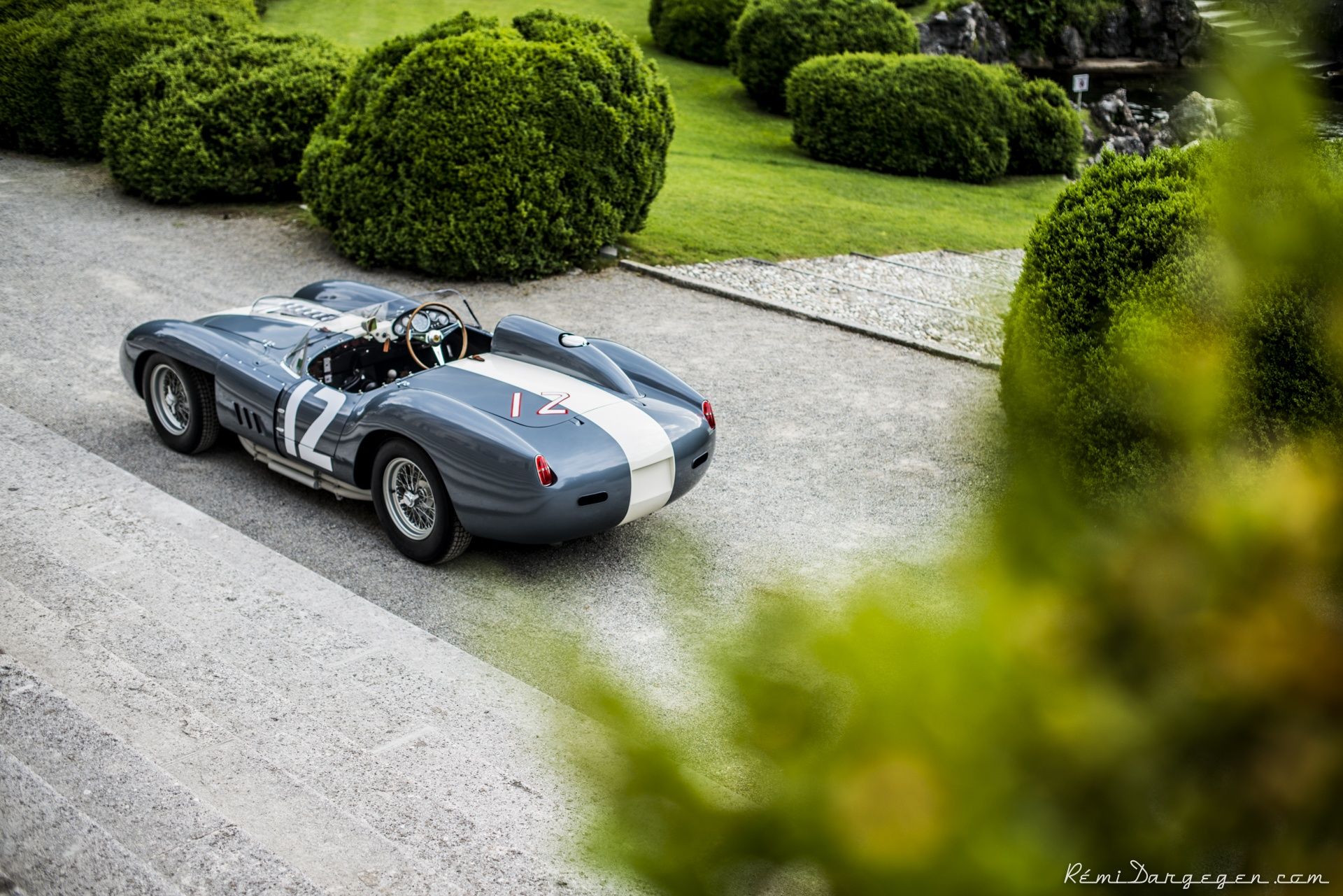

Whilst looking similar to the Ferrari 250 Testa Rossa which inspired Remi's passion for Ferraris, it is actually the 1958 Ferrari 335 Sport that claimed the title of ‘Best of Show’ at the Concorso d’Eleganza Villa d’Este 2018. Credit: Rémi Dargegen Photography
Thank God they bought you that little car! So where did the photography appear - was a childhood hobby as well?
I always took a very small, basic camera to bring back some pictures from that meeting. A few years later I went to the Louis Vuitton Bagatelle Concours d' Elegance, in a wonderful garden in Paris. At that time the Concours d' Elegance were really only for the true connoisseurs. I asked my dad whether he would like to come with me to Bagatelle, because it looked amazing in the magazines. He agreed, but I also wanted to bring some photos back with me. My dad had a 1970s Canon AE1 - I still have it with me here - and he explained the settings, how to change the film and so on, (there was no digital at that time). I went to the photography shop to buy a few 35mm films and off we went. Obviously I used all of them, and developed them as slides because it was cheaper. I’d do that for shows and events I’d attend - about 10 days afterward we'd sit at home and I’d exhibit my slides, usually around 150 of them! It was very cool because it always brought back good memories of two weeks before. That was the beginning of what (in a very modest way) I would call my proper photography.
When you were a teenager did you just continue the hobby?
Yes, I did. I was reading a lot of magazines really focused on classic cars and nothing else. I had a small interest in sports cars and supercars of that era, but my interest was really classic cars. I became a member of the Club Bugatti France (of which I am still a member today), and very quickly Bugatti became my second favourite brand.
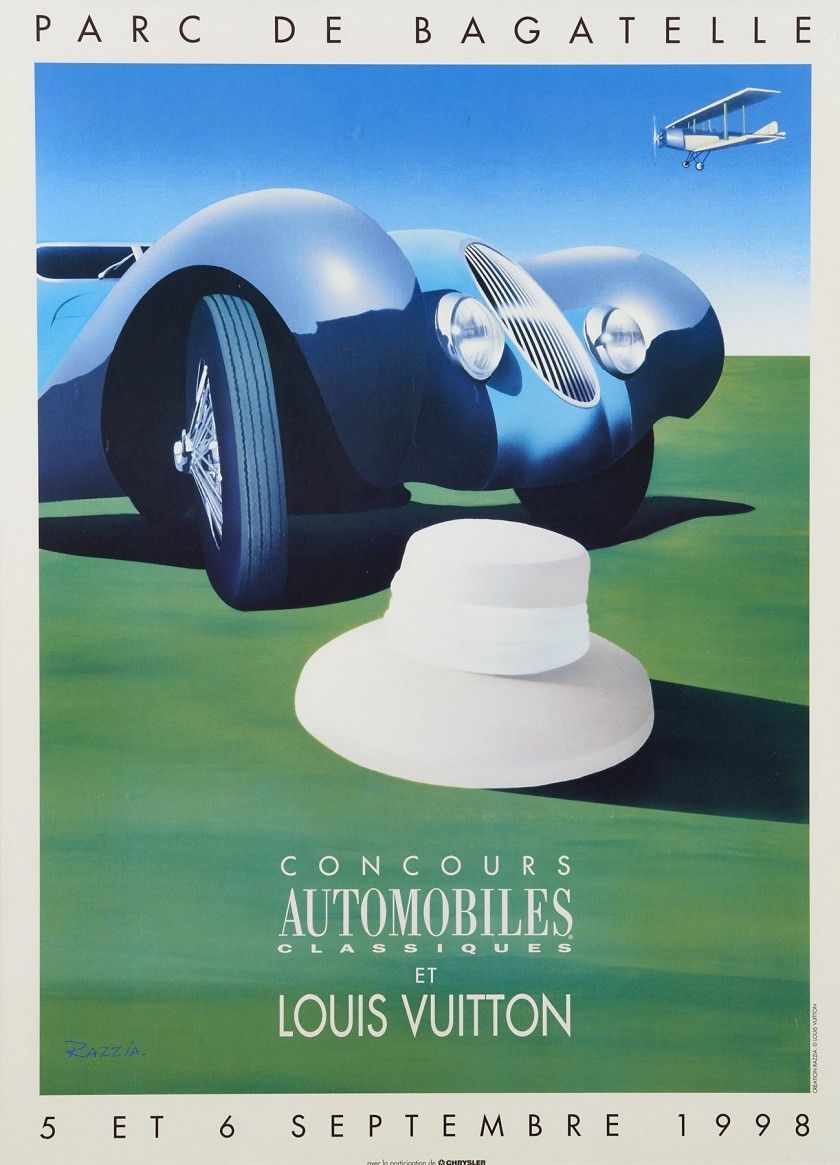
Bringing us up to the present day - I know that you had a previous job at a car company, and then you went into photography full time about eight years ago.
Something like that. I'd been working for Peugeot at their headquarters in marketing, more precisely advertising campaigns for the French market, and I just thought okay, I don't like the strategy of the brand any more, they are not really producing cool products right now. Yes, there was the GTI and the RCZ, but it wasn't enough. A photographer friend of mine told me to just leave the company and work as a full time photographer - ‘look at what you are posting on Facebook already, look at people's reactions, people love your work!’. She asked me to believe her that it would work. Two days later I asked HR for my resignation papers…
Six weeks later I left. That’s when you just jump off a very high cliff and you say okay, will my parachute open or not and is it going to work or not? I left Peugeot on the Friday evening - and on the next Monday I was already working
Let's talk about your style. How would you characterize it, and what kind of things do you try to capture?
I don't know, you tell me! I am very bad at describing my style and my type of photography, but my aim has always been to sublimate the machine, whatever it is: a car, a motorcycle, a classic boat, a classic plane, or an old train. I am always trying to find the right angles, because that's the most important thing, but also the fine details. I am always trying to capture some emotion and some soul in every photograph. Because if you do a very descriptive shot, something very flat, sure, the picture will be perfect and there won't be any mistakes. But the aim of photography, generally speaking, is to bring out an emotion. If you don't bring out any emotion, then you are just doing your job in a bad way.
I launched a small online shop, and some friends who don't have any interest in classic cars have ordered prints because there is one photo that they just like - it creates an emotion for them. They don't like classic cars, they don't care about cars. But they like it. It can be something very graphic, or a very abstract detail, but my aim is also to show something that hasn't been shown before. I like it when I'm doing a photo shoot for a collector or an owner and they discover their car again through the photos. That’s really what I love, when (speaking in a very humble and modest way) people have stars in their eyes and say “f*ck, I didn't see that before, how did you do that?!”
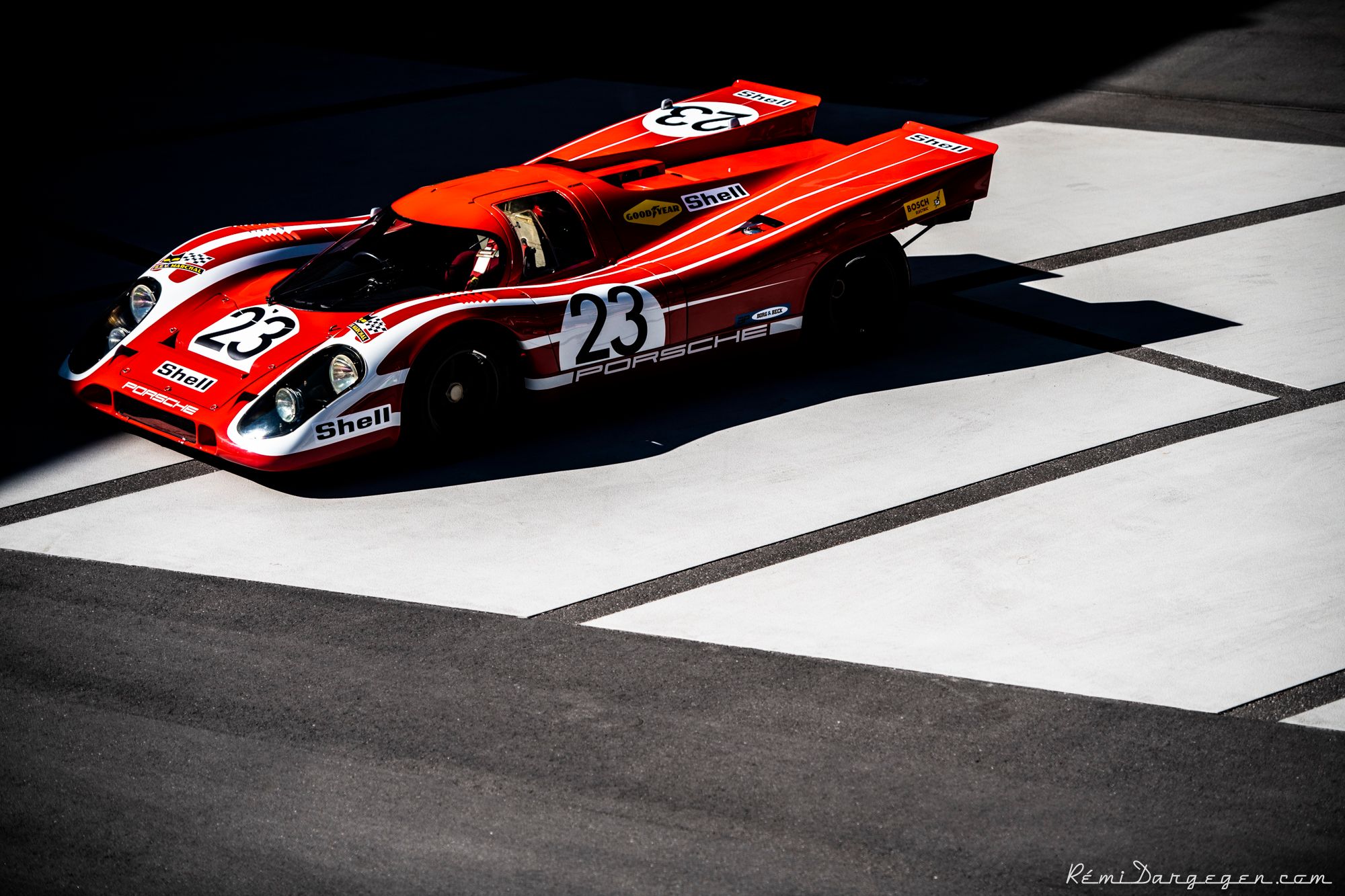
As I was researching this interview I read a lot about the importance of post-production skills, Photoshop and so on. There's a lot of people doing classic car photography now, from the pros to amateurs, using certain kinds of filters and editing photos extensively. Is it important to have an ability to do that as well as just taking good photos in the first place?
If the picture you took is bad, there won't be any magic doing that. You will not make something amazing from a bad photo. Just to come back to my style, I think my photos are pretty raw, maybe a bit dark in the way I take and edit them which creates a special atmosphere. I just adjust a few things in the pictures, like the light, the blacks, sometimes the colours, sometimes the temperature, depending on what atmosphere I want to create. But I don't want to lie. I don’t retouch - if there is somebody in the background, I prefer to wait five minutes so that this person goes away. I prefer that to doing something fake, but there is also another very good reason for that, which is that I am very bad at Photoshop! (laughs) So I have a lot of patience.
You've done some spectacular shoots all over the world - what were your favourites, photo shoots, your most memorable cars, the sessions where you had to take a step back and go “wow”?
There is one current project I can't talk about right now because it will be like the definitive, mind blowing thing… so I will give you my top three (although it is difficult!). I have to mention shooting the Baillon Collection for Artcurial, with that amazing barn find Ferrari California and the Maserati together in the garage with the old newspapers and so on. That's definitely a picture that is going to stay with me my whole life.


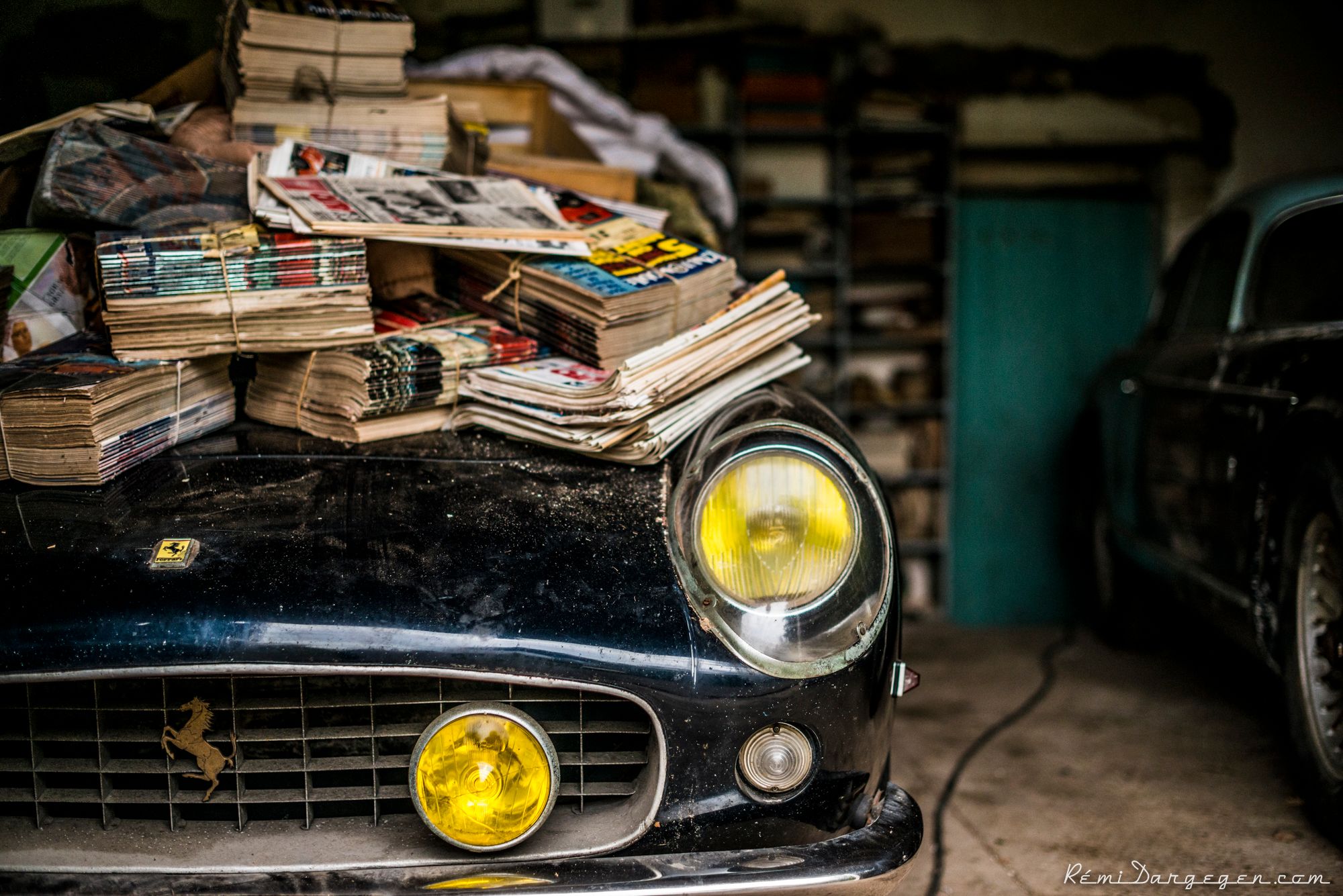


Credit: Rémi Dargegen Photography
Then there is the Grand Prix reunion photo shoot I did a while ago in Pebble Beach, which brought the four Bugatti Type 59s together. At sunrise I had probably the four most important Grand Prix Bugattis together following me with that amazing sound and yes, on that day the conditions were perfect, the cars were perfect - you just can't describe that moment. Sometimes when I do very exceptional shoots I don't actually realize it during the event, but more once it's finished.

Then probably the last one in the top three would be the shoot I did for the Porsche Museum, with all the 917s together at the Werk 1, the old site of the Porsche factory in Zuffenhausen.
I think I remember seeing that shoot, yes. It's like a dream toy box!
You just couldn’t imagine it. You had all the mechanics pushing the 917s one by one into the courtyard and arranging them, and I was the only photographer on site. I had 11 versions of one of the most recognizable and important race cars in the world, laid out just for me, for one day. It wasn't planned at all, but the great Hans Mezger actually paid us a visit in the afternoon. He would often come to the museum and factory - even during the weekends. He turned up and didn’t know about the shoot - so he discovered all the 917s together, and he couldn't believe what we were doing! It was the first time they had all been together since 1969. That was a very special moment.
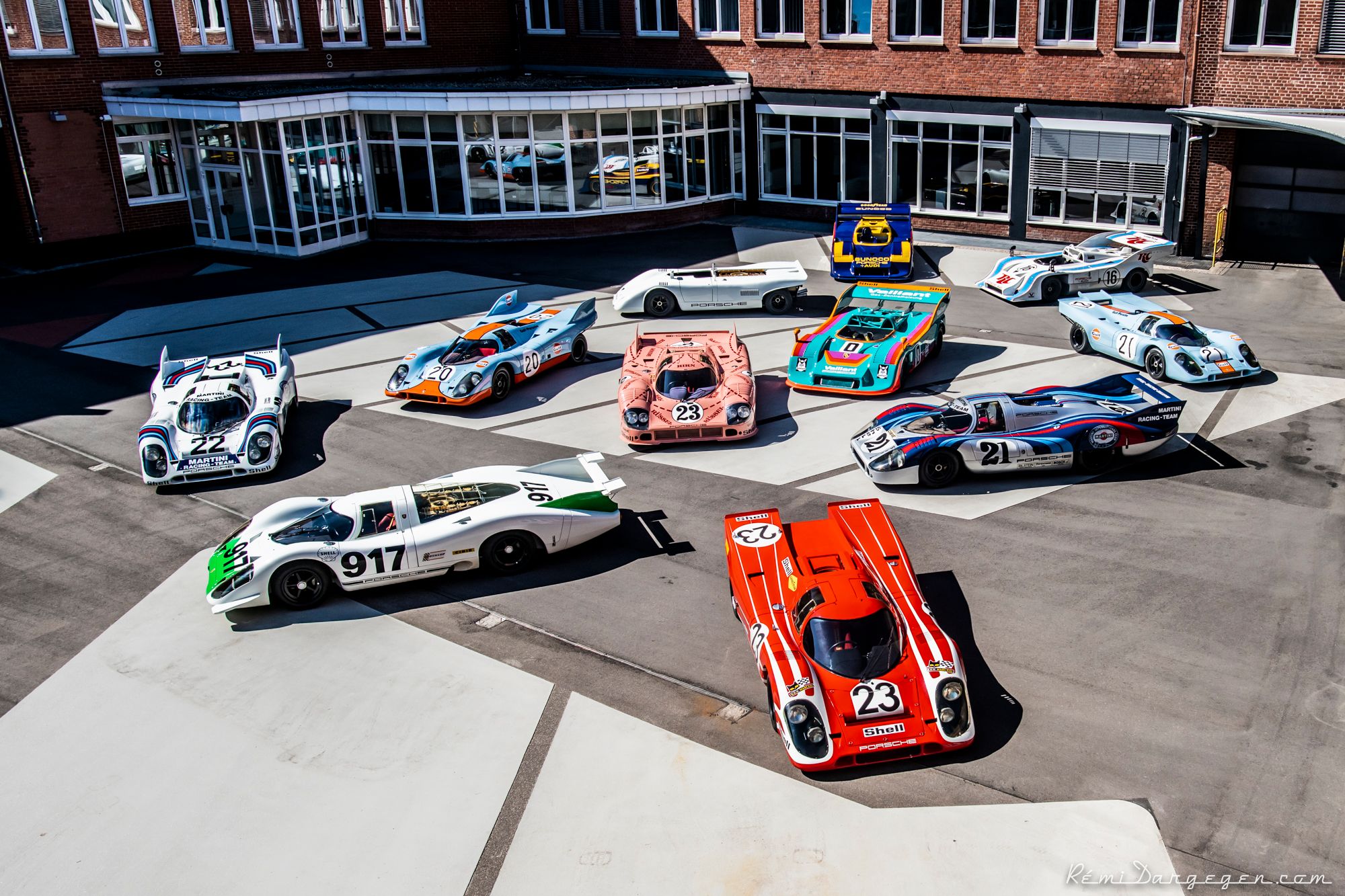
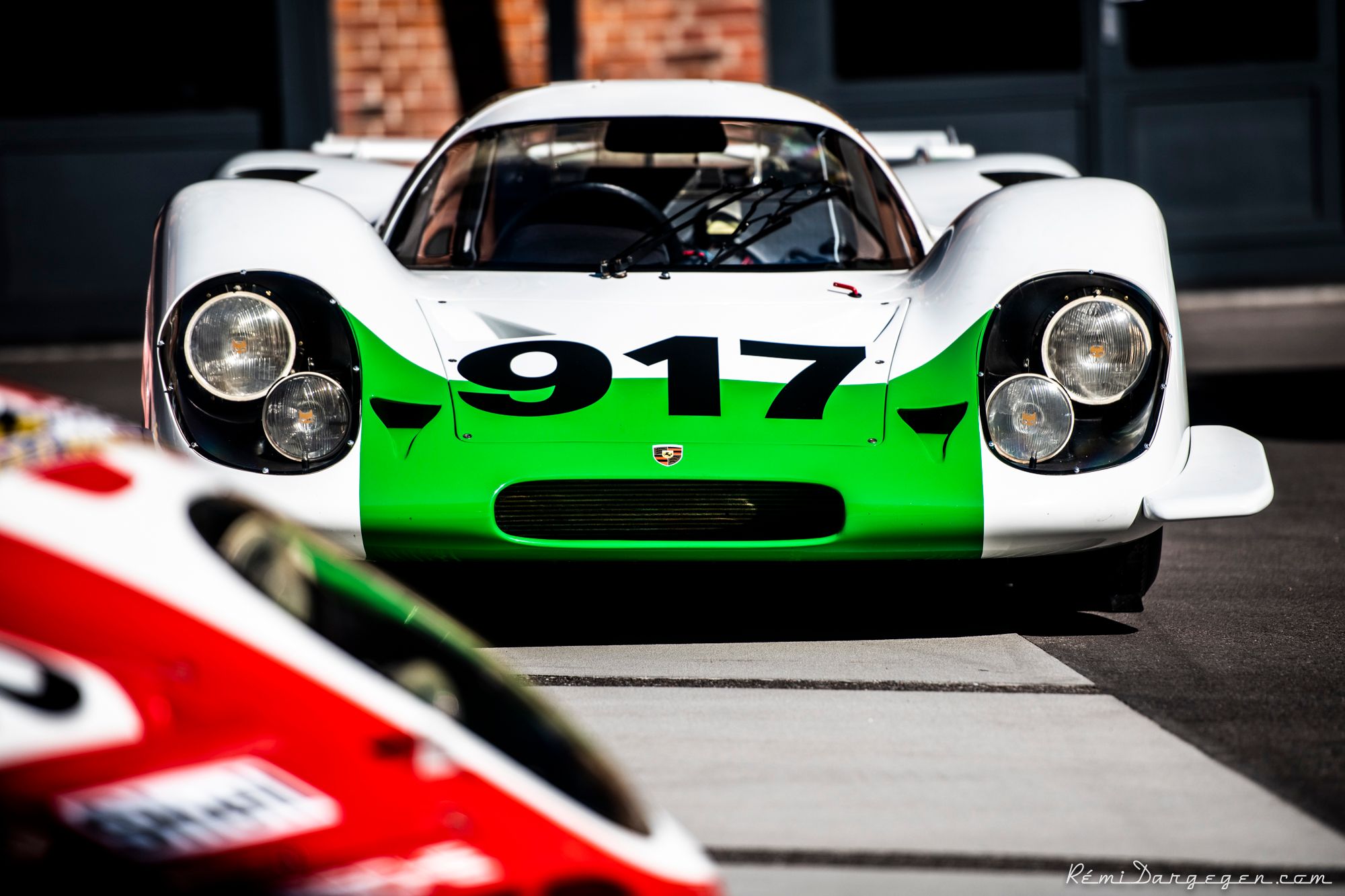
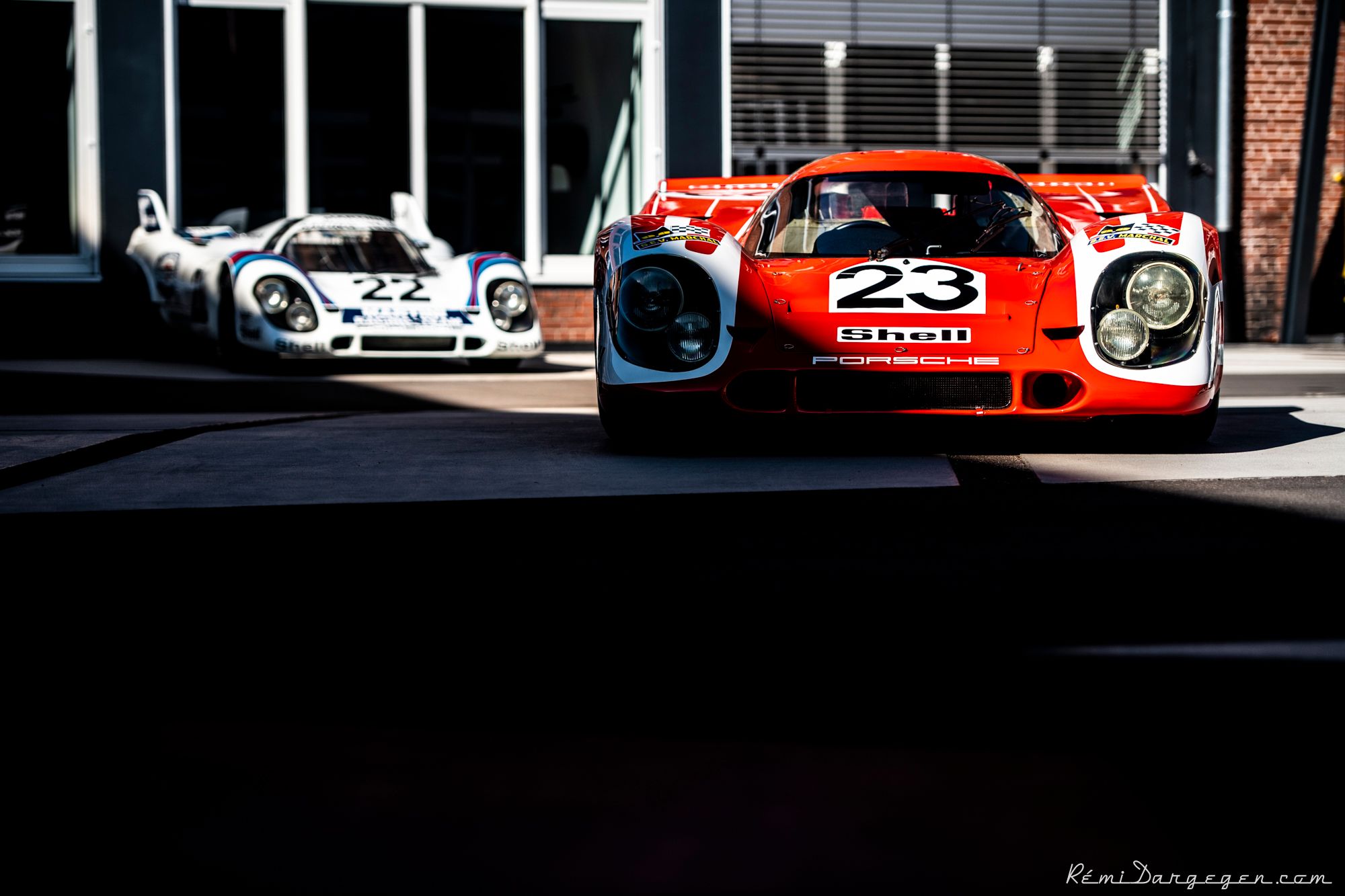
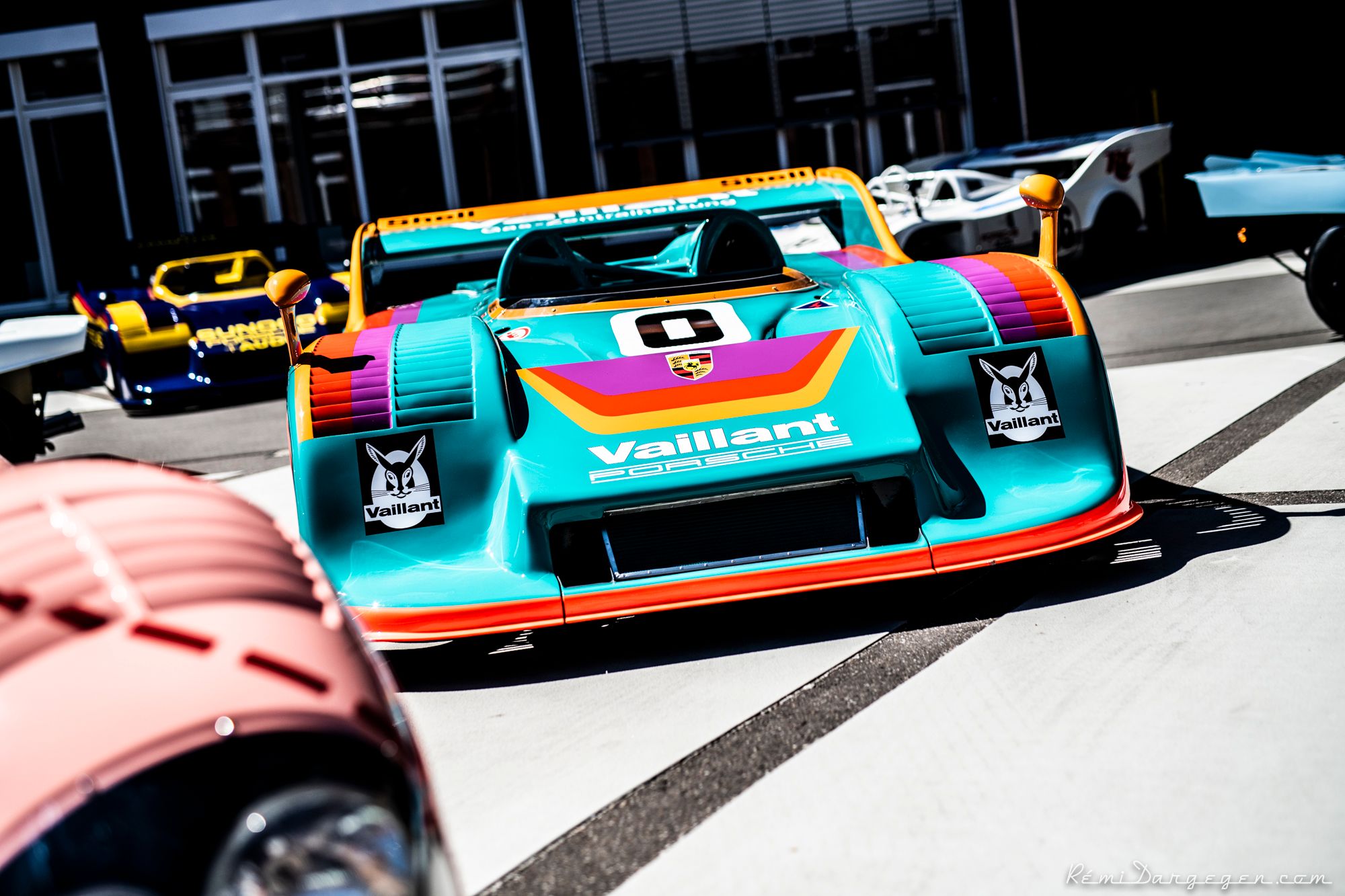

Credit: Rémi Dargegen Photography
If I can add a fourth one, it would be last year at Le Mans, again with the Porsche Museum, the shoot with the six Porsche Le Mans winners. We had planned something a bit more exceptional with the drivers from the period, but with coronavirus we couldn't take the risk to have them travel to Le Mans. But it’s still so exciting to have the 1970 Le Mans winner following you for some tracking shots, and to have all six cars together with the Dunlop bridge in the background. It was just fantastic. I could add a few more - the Ferrari 166 Mille Miglia from Agnelli in the very early morning in Milano, that was also amazing... yes, there have been a few.
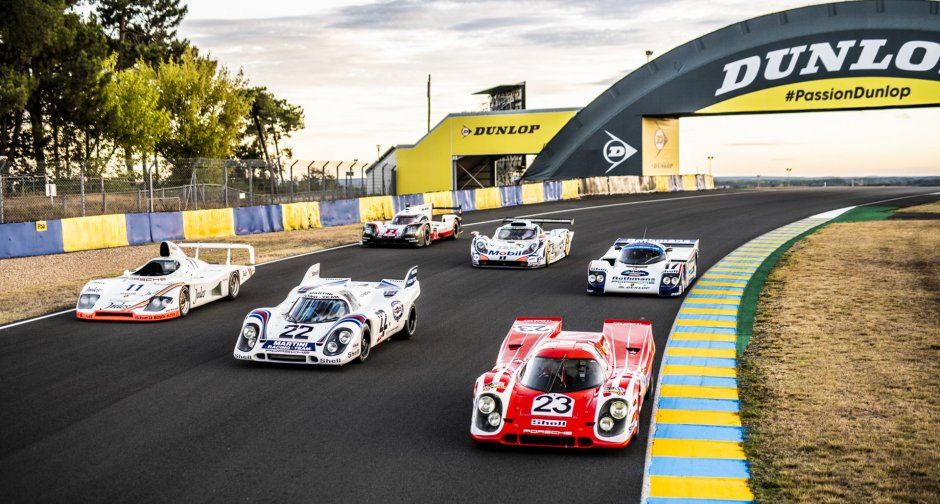
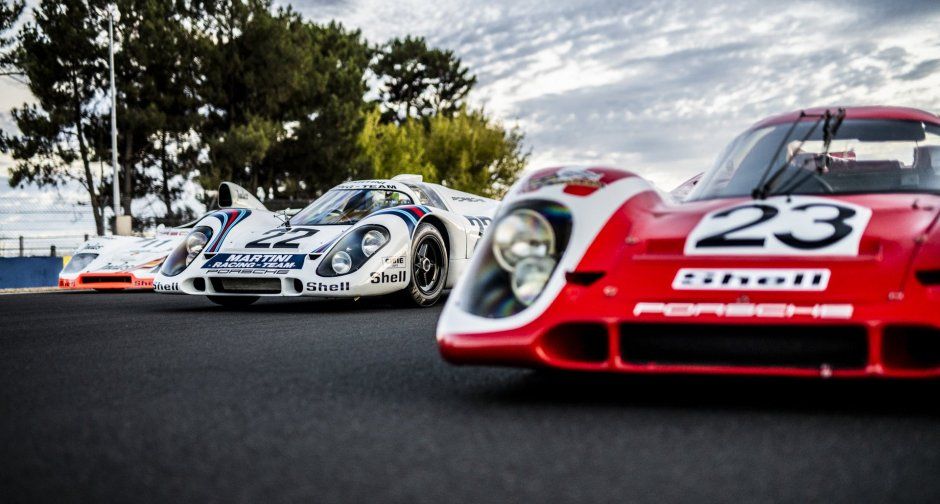
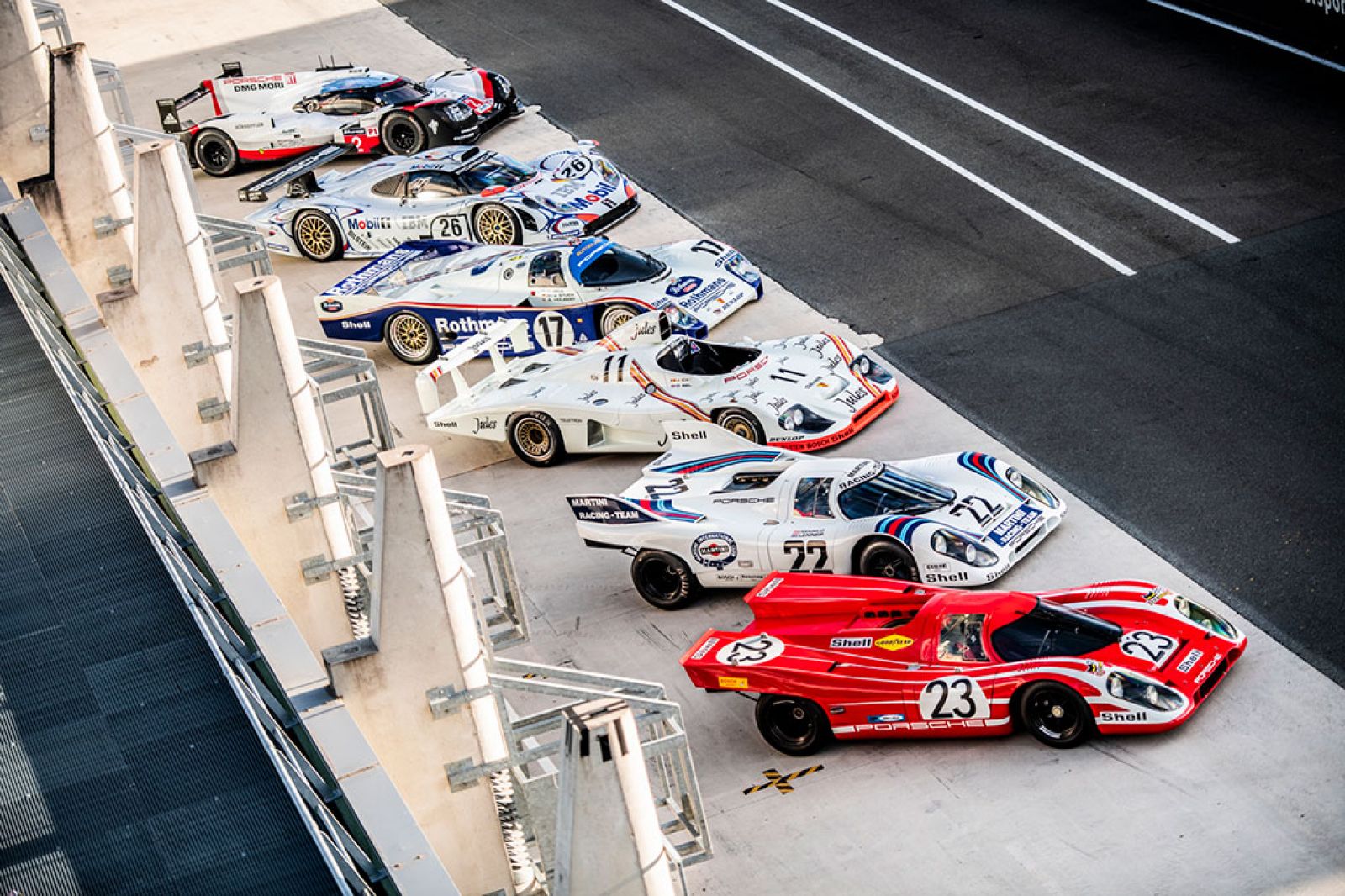
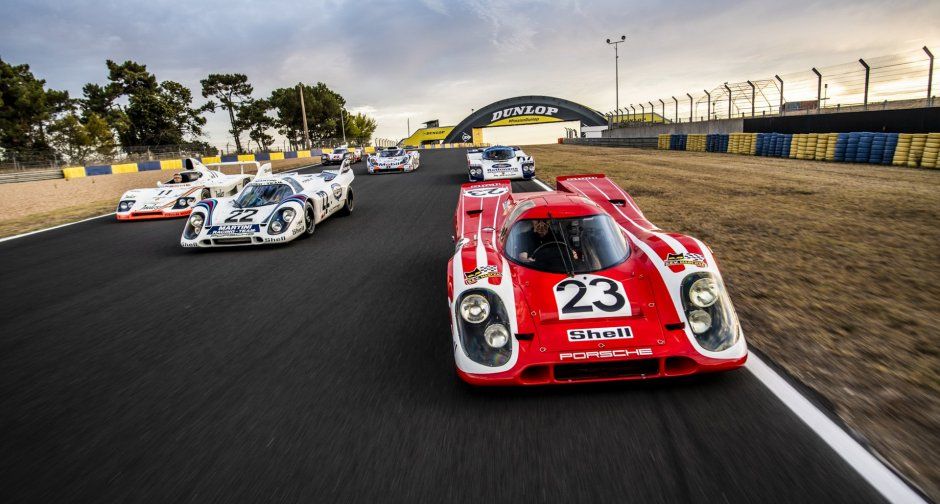
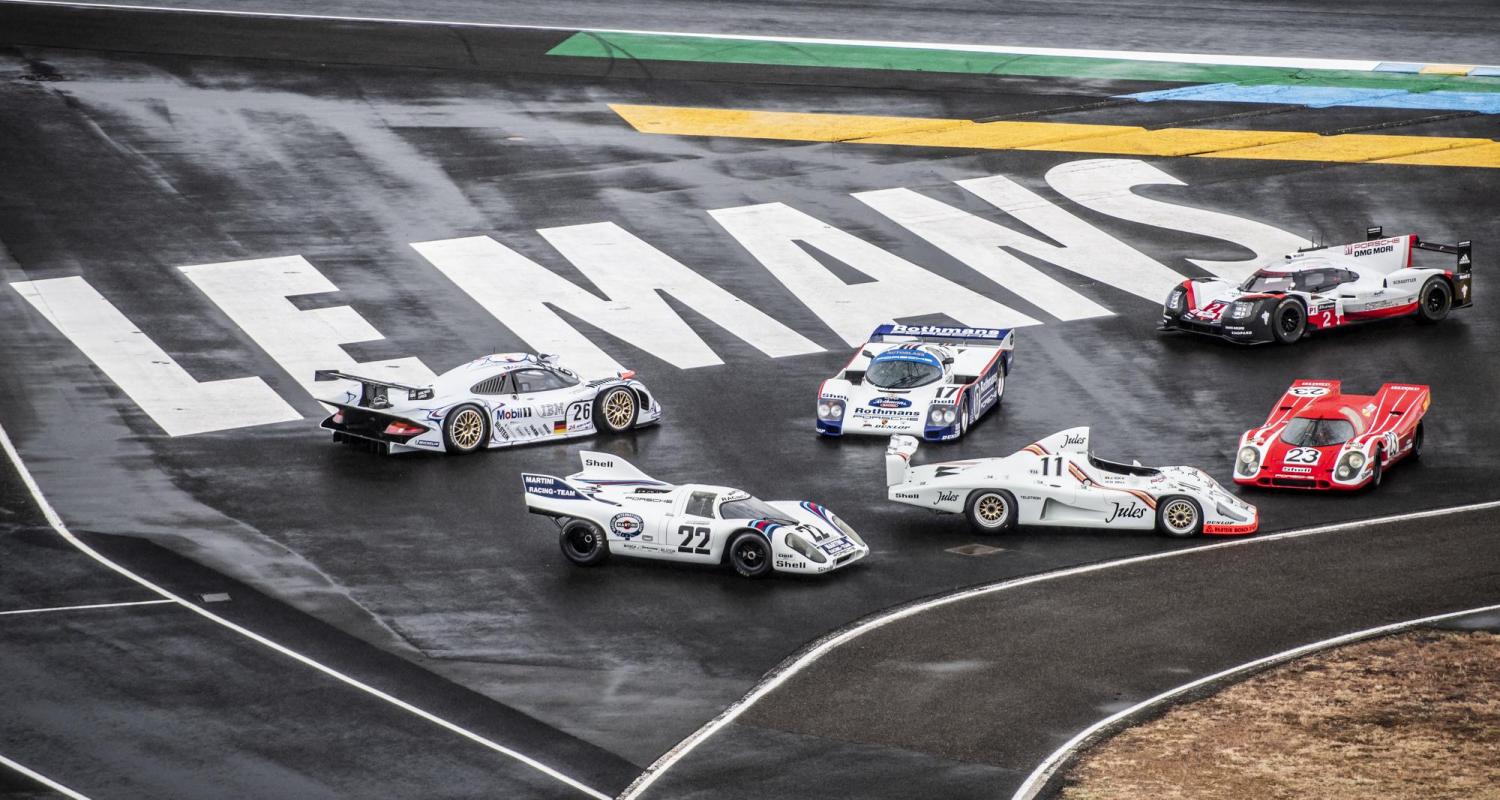
Credit: Rémi Dargegen Photography
When you turn up on site for a shoot like that, is it difficult sometimes to work with the conditions when you know that you’d prefer a bit more sunlight here or there?
Yes, sometimes I have some things in mind when I'm preparing the photoshoot, and then it turns out that the conditions are completely different, or that the organization of the day is completely different to what you were expecting, and everything you had planned is just f*cked...
Ah, the photographer’s technical term!
Hah, yes. So you just have to find a way to do it differently, and to make the best of the conditions that you have.
Do you have a lens or a camera which you rely on in particular, one that you take with you anywhere?
Yes, I always work with two cameras, and there is one lens I always have with me, which is a 50mm. That's a choice - to work with a 50mm fixed lens, because you cannot adjust anything. You have to move around your subject. It's not like 24 – 70 or something like that where you can change your focus; you have to adapt, and you have to move, changing your perspective all the time. I don't remember who said it in the 1930s or ‘40s, maybe Henri Cartier-Bresson, but there’s a saying that a good photographer is firstly a good dancer. I'm not sure I'm a great dancer but you have to, in a certain way, dance around your object, especially when you have a fixed lens, because your movements are going to influence everything. So for me the 50mm is something very special. I wouldn't go to any photo shoot without it.
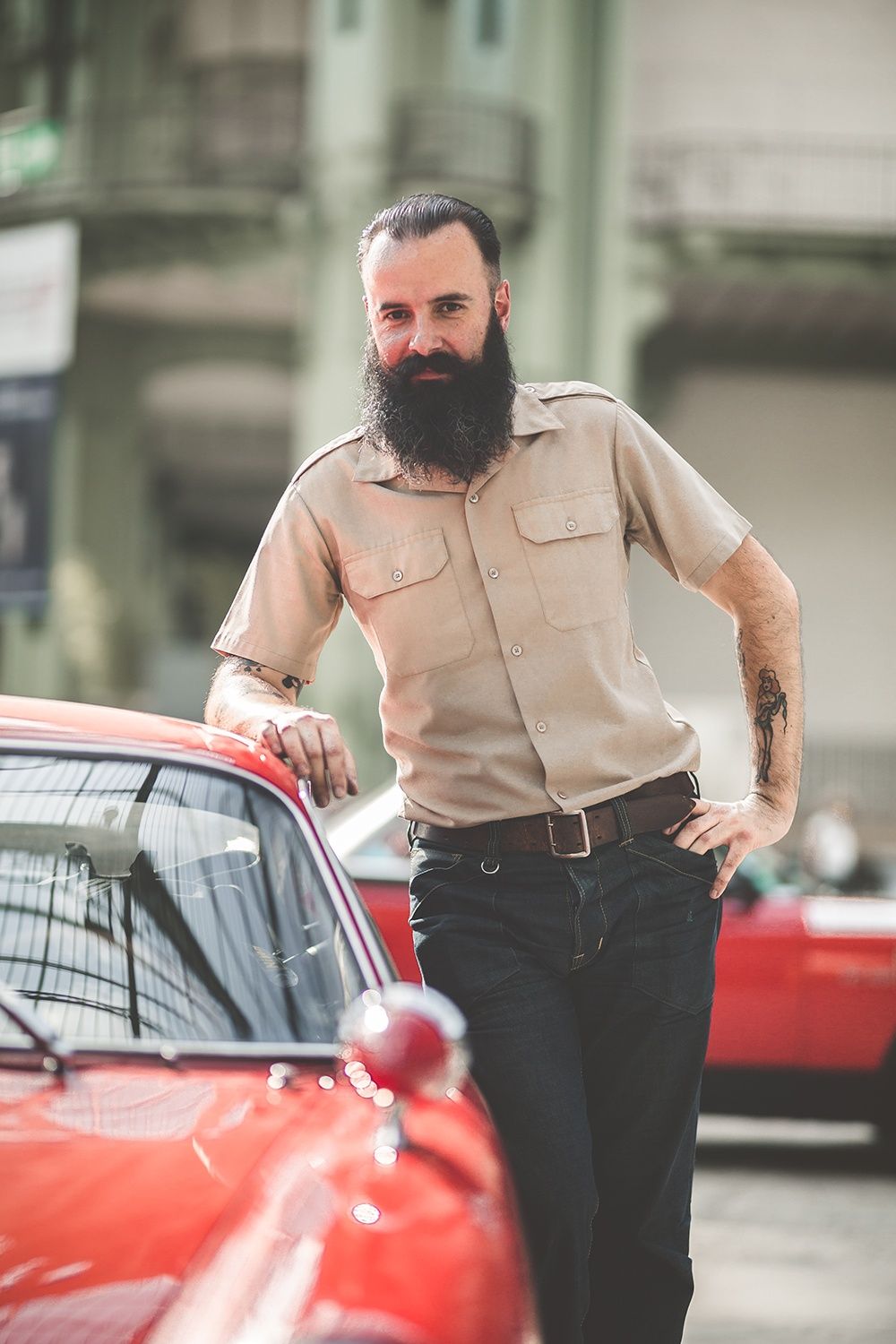
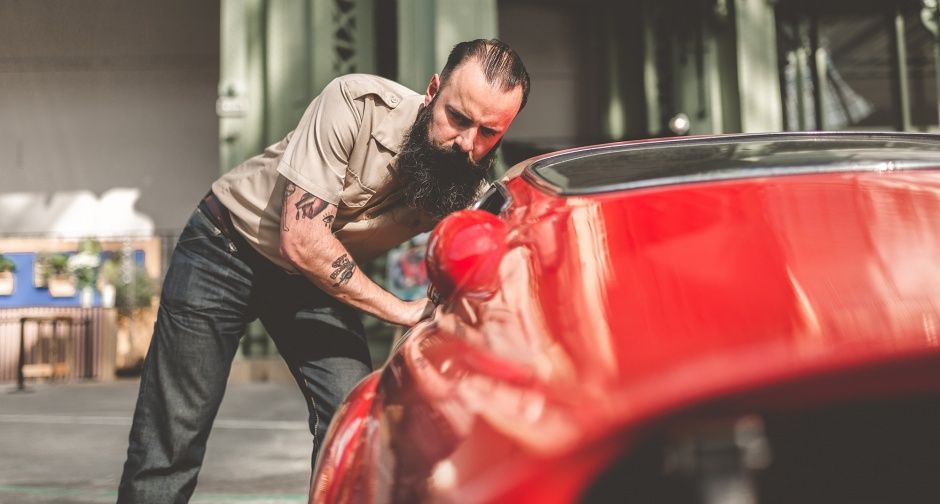
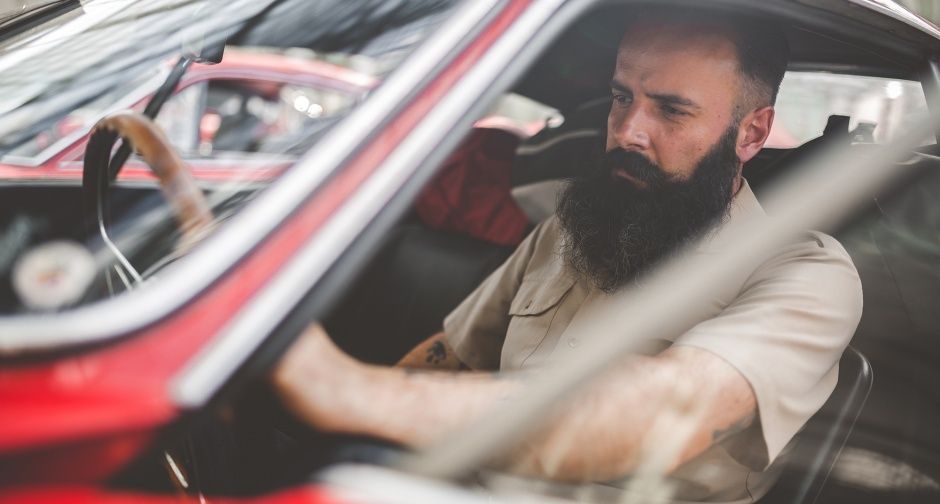
Rémi competing in the 2018 Tour Auto in Abarth Simca 2Mila. Source: Classic Driver // Credit: Robert Cooper
These days it's easy to take an image on your phone and put it on Instagram. As a professional photographer what is your reaction to that - has it made it more difficult?
I would rather say that it's a great opportunity for myself in terms of visibility. It's a world-wide showroom where you can exhibit all of your work for free, and that makes it unique. I think it is also a very good opportunity for some young people who are doing some good work and can be discovered through it. But for Instagram, you wouldn't know about them. The only thing that I don't like is people building their own accounts by stealing other people's pictures and not giving any credits. I can't spend my whole day chasing credits, it would be useless, but I hate that. More and more often people write to you and ask for permission to repost, which is the best way to do it, but even if you don't ask, just put the credit, it doesn't cost you anything!
That's the only thing that I don't like - otherwise I think Instagram or Facebook are very good platforms for exposure. If you’re active in a very niche world like classic cars, you cannot not have an Instagram account. Then there’s the other aspect, which is very important for me - just to share what you do. The photos for my customers are obviously very important, but I want people who love classic cars to enjoy the pictures too!
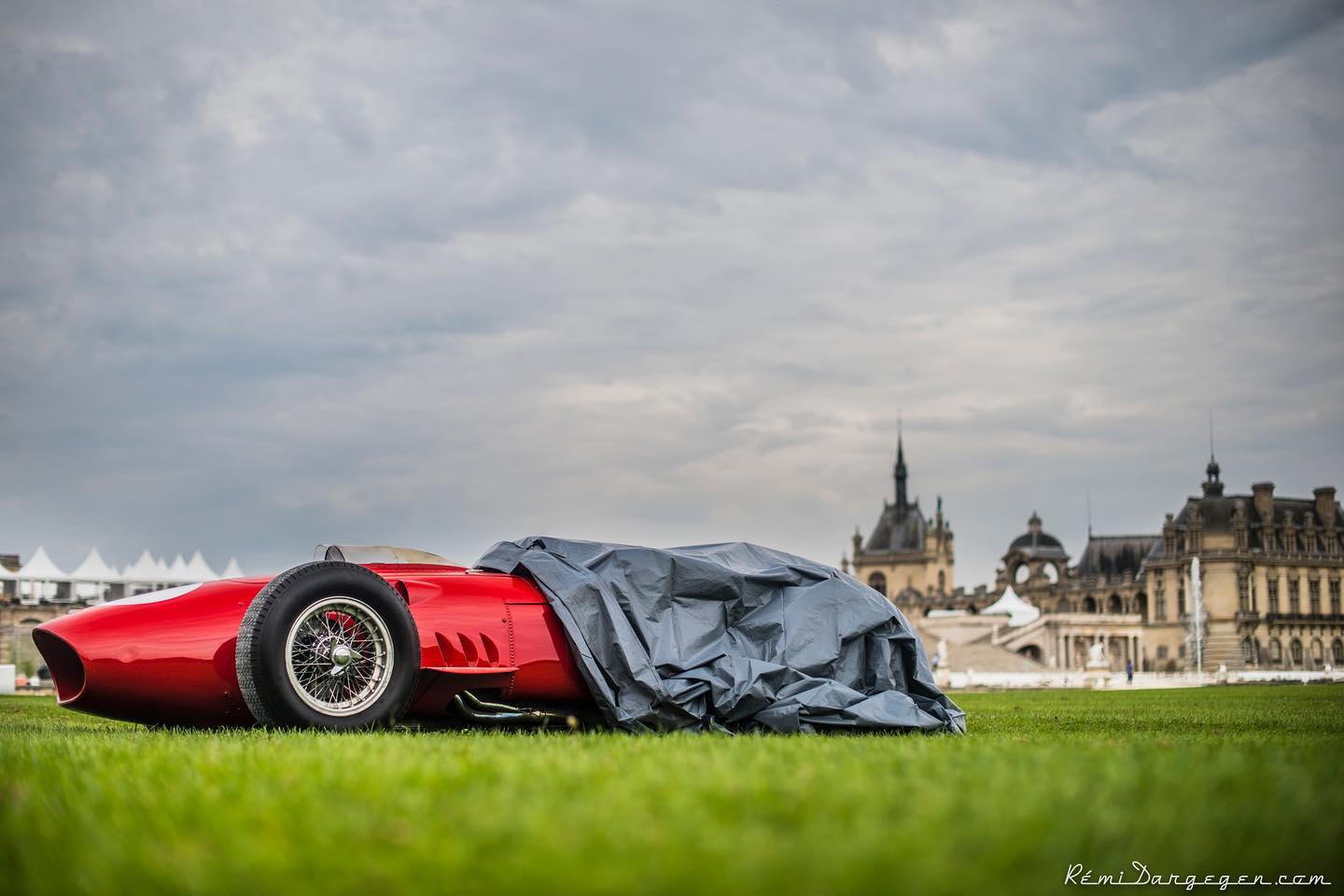
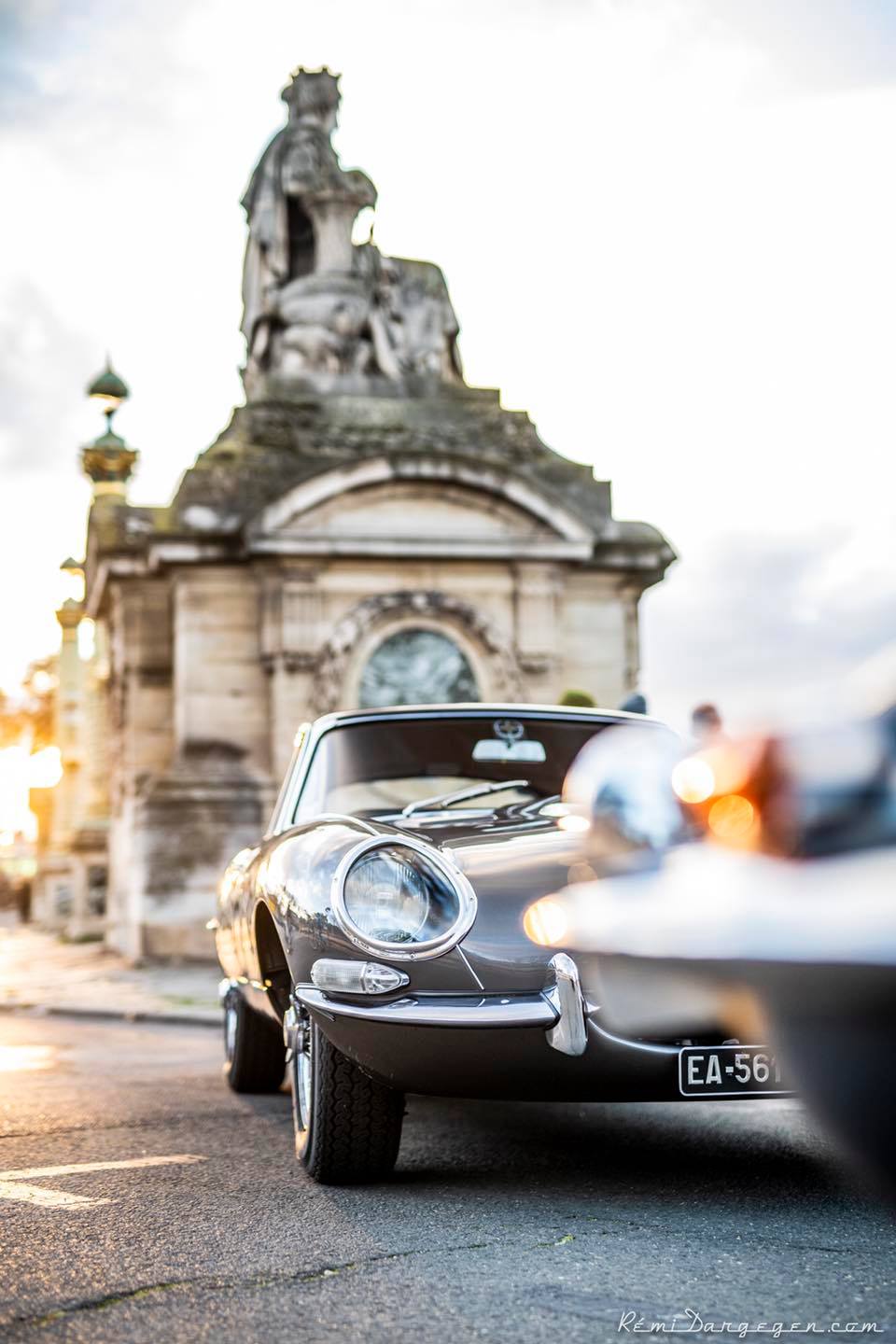



Credit: Rémi Dargegen Photography
Especially over the last year, photos of cars we aren’t driving have pretty much been all we've got to go on! Speaking of which, do you manage to find time to drive or collect any classic cars, and is there something fun that you've got in your garage?
Finding time is difficult, but I do have a classic car in my garage, a VW Beetle from 1959. I have had other Volkswagens before. I had a split screen VW pickup - something very special - that I sold many years ago, and I had a second Beetle, a ‘53. The only one I have kept is my very first car that I bought 17 years ago… but I am selling that too! I have travelled a lot with it, been to Corsica many times, VW meetings in Germany, England, Switzerland, pretty much everywhere. I think it's just the right time for someone else to enjoy it, and for me to maybe buy something else or to just take some time to think about what I really want. I actually already have something in mind to replace it… something a bit faster. My dream car, something very modest actually in terms of budget, would be an Austin-Healey 100/4.
A very good choice.
Something with nice patina, in a nice colour - I would love that!
I had a few quick fire questions for you, just to finish off our interview. The first one is: what advice would you give to someone who wants to be a car photographer, the average Joe with a little camera at a car show?
Be kind, be humble and modest, believe in yourself and if it's your passion, just do it, because we only live once, life is very short, and there is no time for regrets. I never regret the decision I took seven or eight years ago. Even in the difficult times you know that you and nobody else made that decision. That's your responsibility, and the more difficult times are part of it, so you have to cope with it and you have to accept them. Follow your dreams, follow what you think is the best for you, and just do it.


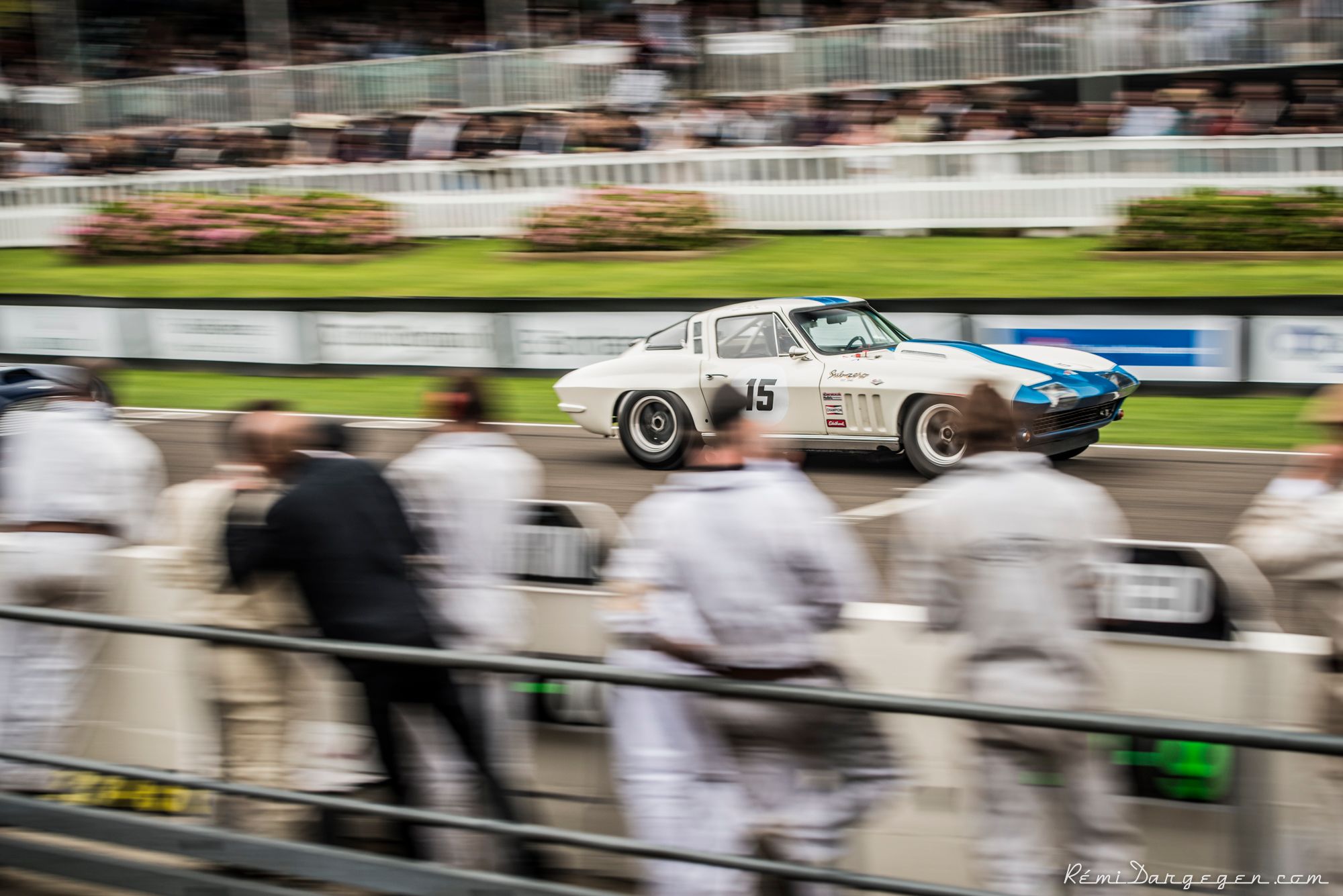

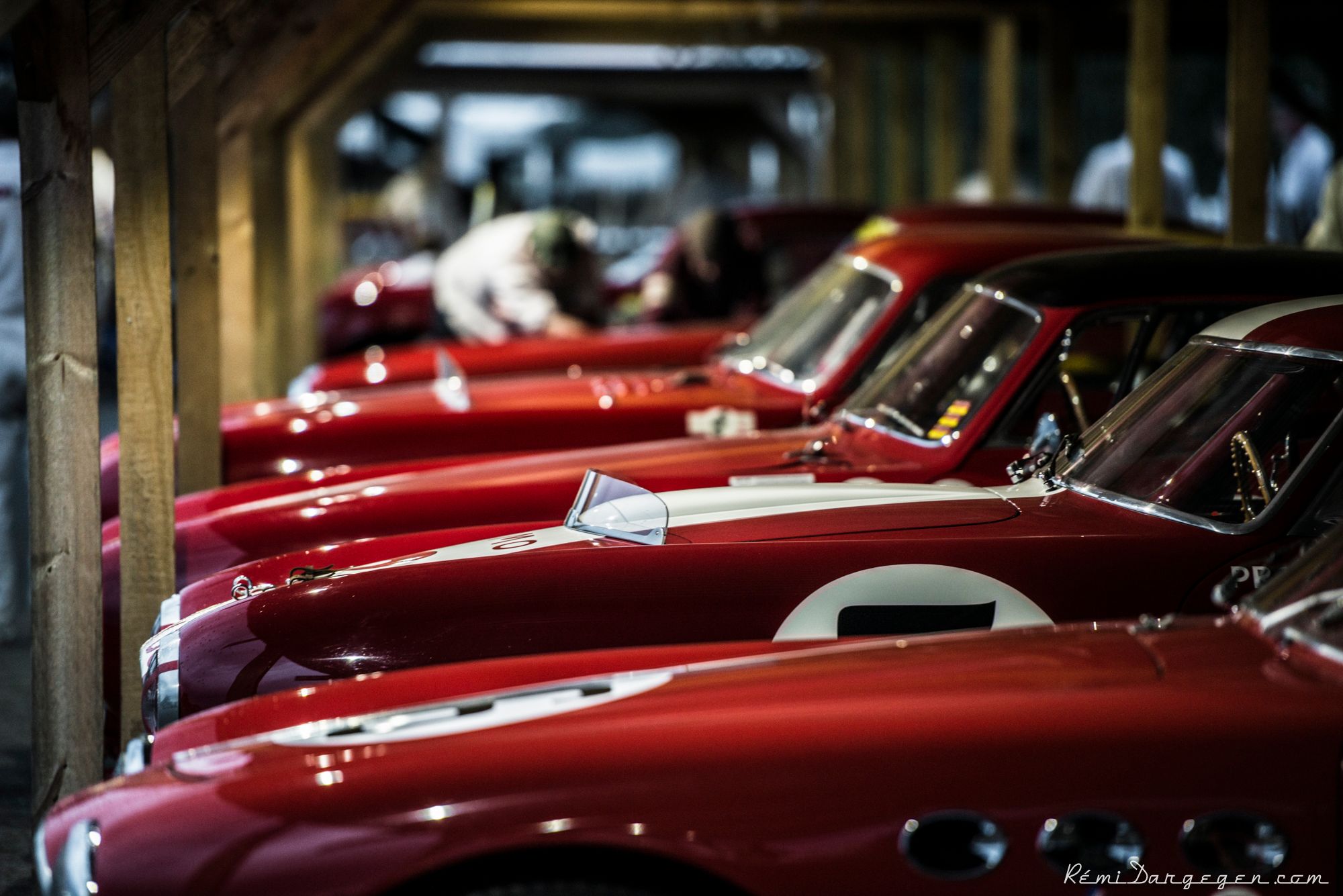
Credit: Rémi Dargegen Photography
The second quick fire question is: what is your top motorsport event in the calendar, the one you always look forward to attending and photographing?
Can I also have a top three?
Of course.
Hah, it’s my interview, I say what I want! If I can choose a concours, it would be the Villa d'Este, because the atmosphere there is so special, and the location is just unique. For motorsport, the Goodwood Revival, obviously. It might not be an original choice but I am very much a man of the 1950s, so going there is just like finally being in the right era! The last event is something with more of a family atmosphere, but one which becomes more and more popular year after year, something very French - the Journées d'Automne.
There are many people following the account on Instagram, and that's also the people who organise it, but it's a completely novel concept. It's more like a weekend with friends, very relaxed, with a friendly family atmosphere. Just for the anecdote, the CEO of Lange & Söhne attends the event now and many times he has told us that it’s the event he likes the most, because there are no obligations in terms of partnerships or appearances or anything. He just enjoys it with everyone else, and I think that summarizes the event in the best way.
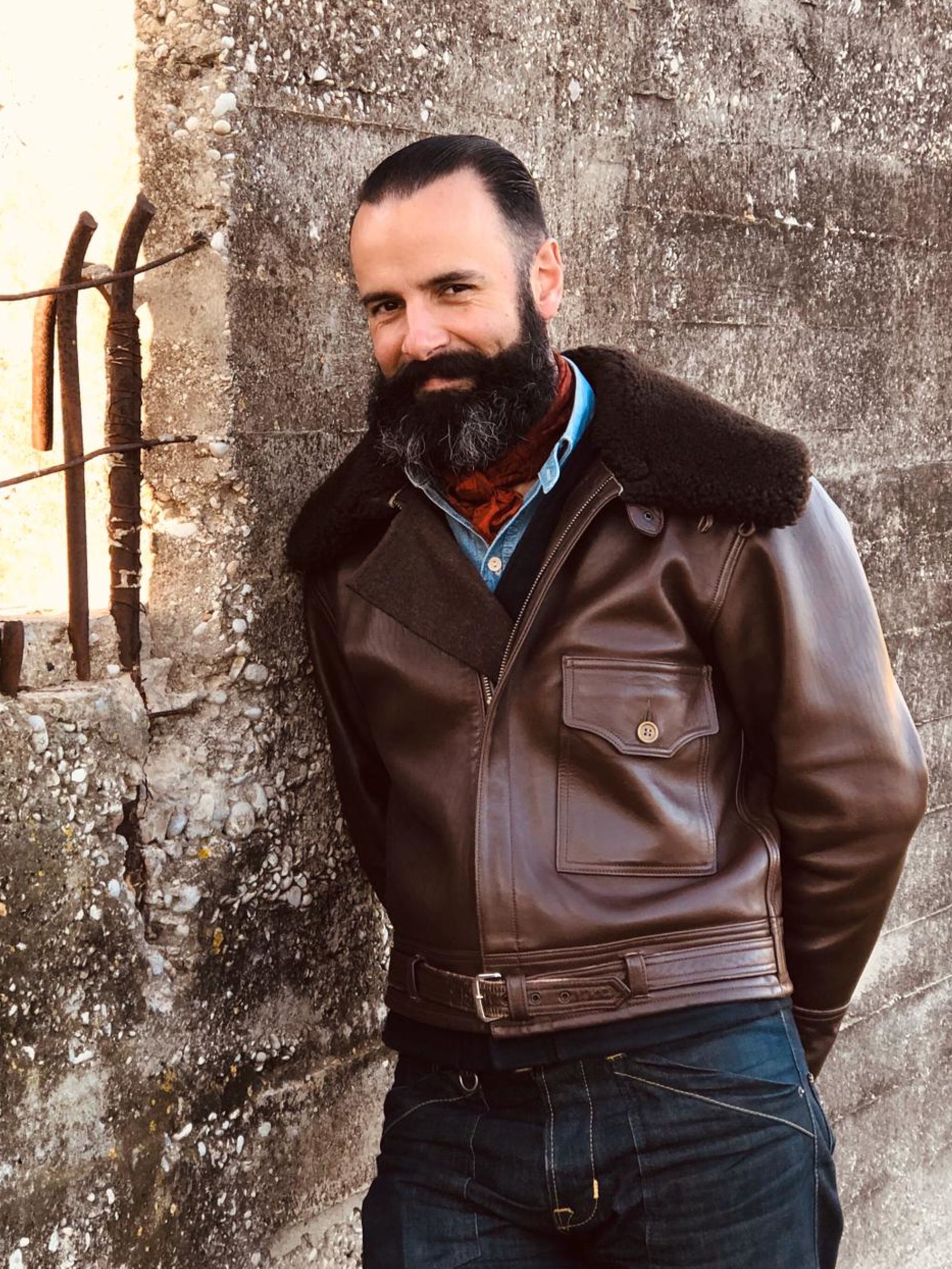
It sounds like you need nothing more. My last question is: if Rémi Dargegen was not a car photographer now, what would he be doing?
Obviously, I’d be a racing driver in the 1950s. It’s definitely the era that I miss the most, even if I never lived in it. I love Grand Prix cars from the 1920s and ‘30s, because I think in terms of engineering those are the most fascinating, but the sports cars and race cars from the 1950s and ‘60s are just great. It was definitely the golden age of Formula 1, sports cars, everything!
Hopefully with Goodwood back on the calendar later this year, we might see you there if all goes to plan, Rémi! In any case we're also very glad you decided to stick with your camera. Thank you so much for coming to talk to us today, and sharing some of your fascinating insights.
Thank you, it was a pleasure, a real pleasure!
To find out more about Rémi and view his online shop please visit his website at https://www.remidargegen.com/. Alternatively you can follow him on Instagram at https://www.instagram.com/remidargegenphotographies/.

